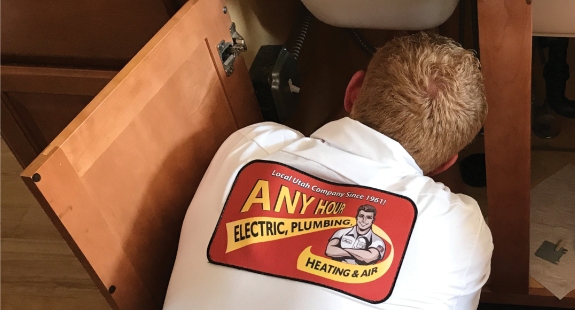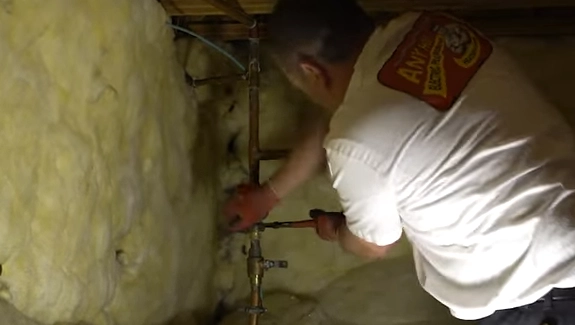One of the worst ways to start your day is with a bad shower. If you can’t get anything more than a weak sprinkle out of your showerhead, you might be wondering why. In this article, we list a few of the most common causes of low water pressure in the shower. We also go over what you can do about each potential cause.
Your pipes cracked and started leaking: Any damage to the pipes in your home will result in decreased water pressure. If your shower's water pressure is low, the problem might be a leak. A hidden leak like that can often leave you with a sad shower. But it can also cause serious water damage, up your utility bill by a lot, and even encourage mold growth. A plumber can detect leaks and re-pipe or re-route to help keep your home protected from all that.
Your shower head is constricting water flow: The problem could also be inside your showerhead. The hole where the water flows through can be too small or get plugged up with hard water deposits. Oftentimes, enlarging the hole will increase flow and boost the water pressure. If that doesn’t help, check for a screen or filter inside of your shower head. These can get caked with sediment and slow the water flow. Scrubbing these pieces may allow water to flow better as well.

A previous homeowner installed a water pressure-reducing valve: You might be having water pressure issues even if your neighbors aren't. In that case, the previous owner might have added a water pressure-reducing valve. This regulator restricts the force of water coming from the municipal supply line. It does that to protect your pipes and plumbing fixtures from extra wear and tear. A plumbing expert can help you adjust these settings to allow for a better flow to your home.
